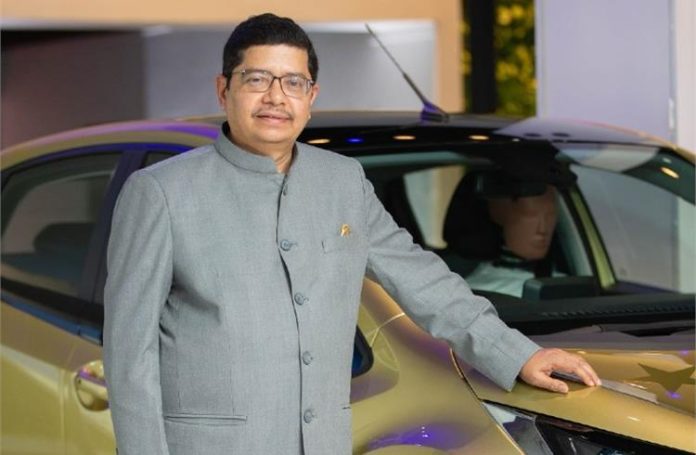Tata Motors, India’s largest commercial vehicle manufacturer, manifests to provide various technology options in the electric mobility sector.
With the focus on increasing the localisation of its key components, Tata Motors enlightened the investors that the company is formulating a plan to offer motors ranging from 500 volts at present to 800 volts in the mid-term, with an on over 1000-volt motors in the long term.
The company is currently analysing battery structures from modules to cell packs in the medium term and also installing cells on the chassis for the long term. “We will make sure that these solutions and facilities become available for passenger vehicles, small commercial vehicles and big trucks,” said Rajendra Petkar, CTO, Tata Motors.
Petkar’s presentation also included discussions related to offering a Battery Management System that transitions from Wired to Wireless and eventually integrates into vehicle power electronics. “There is a focused effort for localization of EV aggregates with advanced features,” instated the slide from Petkar.
According to the investor’s presentation, Tata Motors aims to make a move from Combined Charging System (CCS) to flash charging for its passenger cars and electric buses which currently get charged through a pantograph system.
Furthermore, Petkar stated that Tata Motors is exploring the integration of Megawatt charging systems (MCS) into commercial electric vehicles, particularly heavy-duty vehicles (HGVs) and buses, to ensure minimal downtime and maximum efficiency by providing the substantial power these vehicles demand.
Talking about Tata Motors’ portfolio for Advanced Driver Assistance Systems (ADAS), Petkar explained that there would be an improvisation in forward collision warning technologies such as keep lane assist, Lane centering, adaptive cruise control, and road sign recognition systems designed for use in Medium and Heavy Commercial Vehicles (MCHVs) and Intermediate and Light Commercial Vehicles (ILCVs).
Moreover, Tata Motors may review again for implementing “highway platooning,” which involves the use of electronic and mechanical coupling, to adjust distances between cars or trucks. The company may also explore the integration of a driver-assist feature named the Moving Off Information System (MOIS), designed to detect and warn drivers about pedestrians and cyclists within the vehicle’s frontal blind spot.








